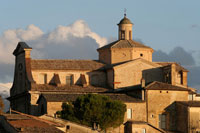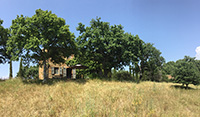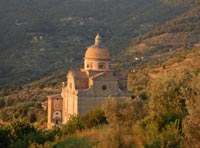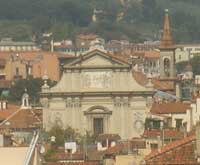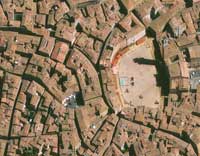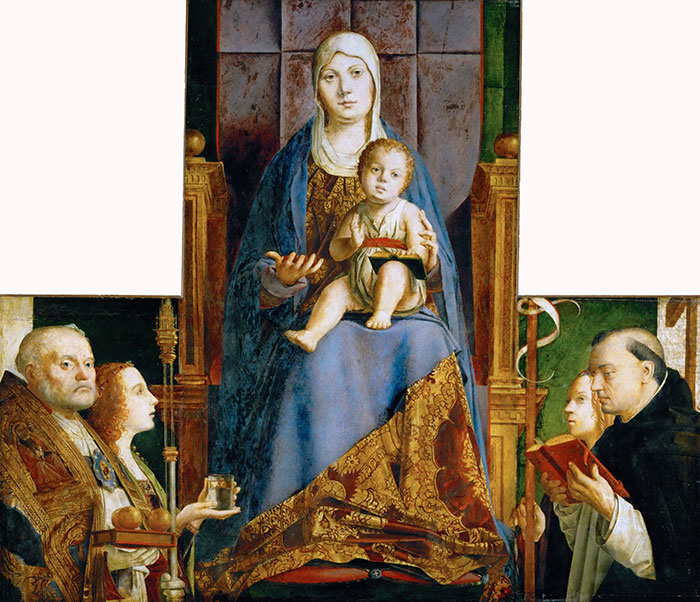 |
|
Antonello da Messina, San Cassiano Altarpiece, 1475–76, oil on panel, 55.9 cm × 35 cm, Kunsthistoriches Museum, Vienna Left side: Saint Nicholas and Saint Maddalena, 56 x 35 cm |
|
Antonello da Messina | San Cassiano Altarpiece |
| The San Cassiano Altarpiece is a painting by the Italian Renaissance master Antonello da Messina, dating to 1475-1476. Commissioned for the church of San Cassiano in Venice, it is now housed in the Kunsthistorisches Museum in Vienna.[0] It was one of the most influential paintings in the Veneto area of the time.[1] |
[1] The main exhibit among works from the late fifteenth century is the monumental fragment of what is known as the Pala di San Cassiano by Antonello da Messina, who originated from Sicily. Even in its fragmentary state the first manifestation of this type of altar and the importance of the Pala which attracted a school of followers can still be appreciated, and Antonello's interest in the material appearance of the surface resulting from his contact with Early Flemish painting in association with a downright cubic corporeality can be admired.[Kunsthistorisches Museum, Vienna: The Paintings, Volume 2] |
||||
|
||||
|
This article incorporates material from the Wikipedia articles Antonello da Messina and San Cassiano Altarpiece, published under the GNU Free Documentation License. |
||||
Hidden secrets in Tuscany | Holiday home Podere Santa Pia |
||||
Montefalco |
Podere Santa Pia, giardino |
Podere Santa Pia |
||
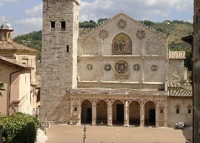 |
||||
The abbey of Sant'Antimo |
Cortona |
Spoleto, Duomo |
||
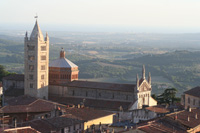 |
||||
San Marco a Firenze |
Siena, Piazza del Campo |
Massa Marittima
|
||
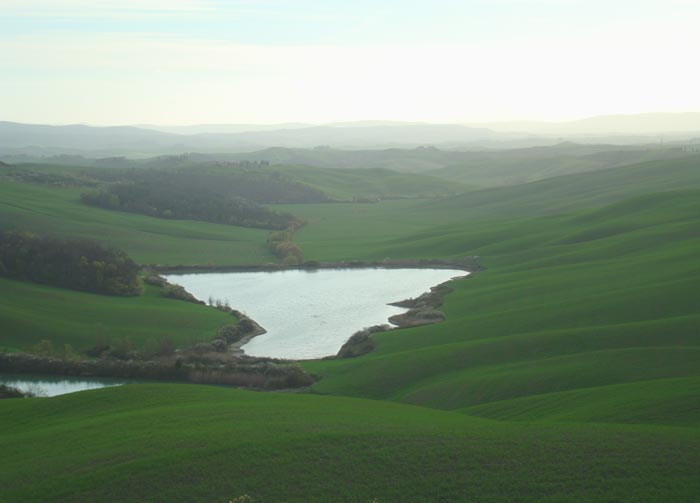 |
||||
Crete Senesi, surroundings of Podere Santa Pia |
||||
| Podere Santa Pia is situated in the unspoiled valley of the Ombrone River, only 21 kilometres from Montalcino. This valley is famous locally as being of great natural beauty and still very undeveloped. |
||||


